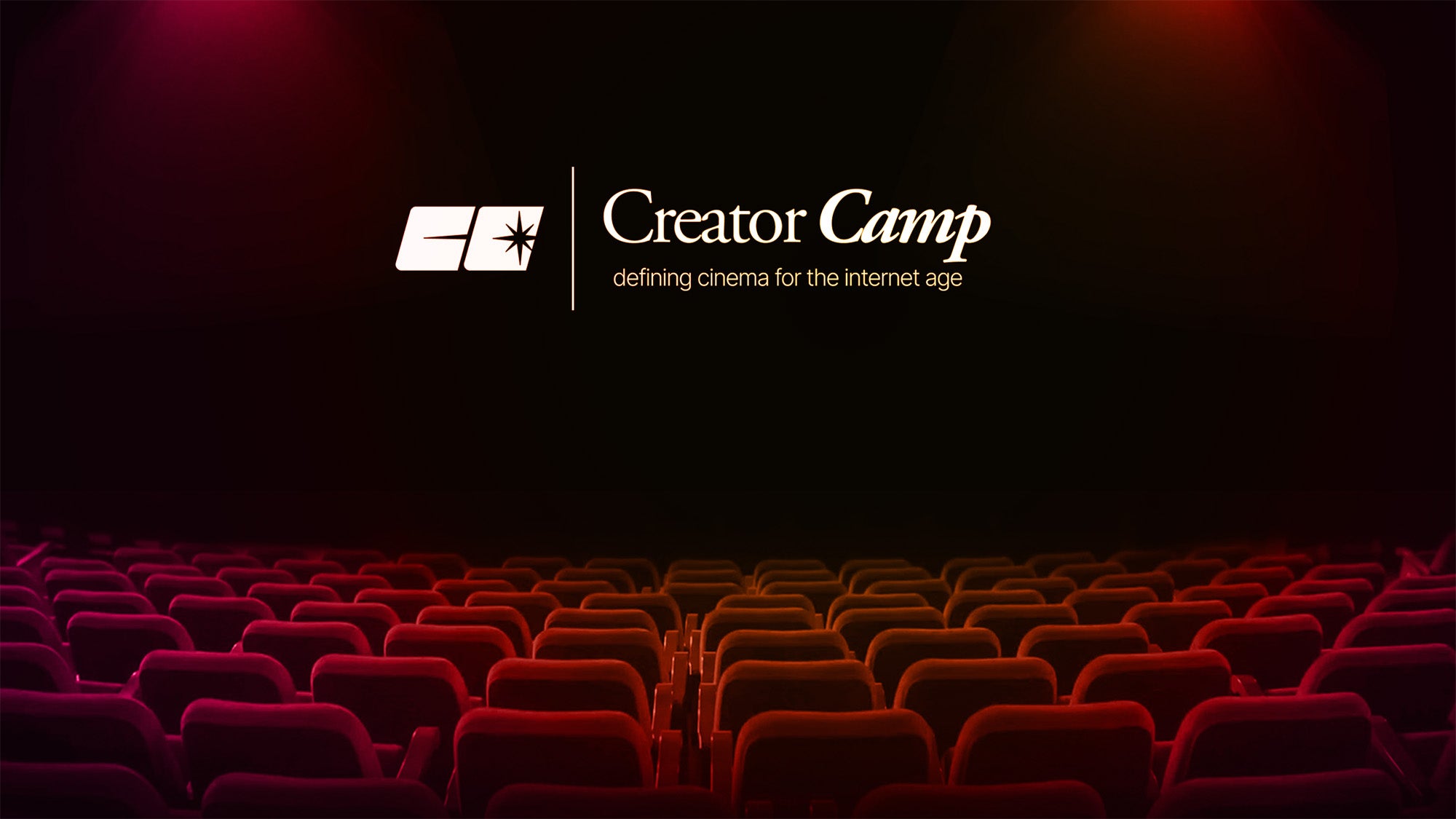
The demands of being a modern content creator are vast. Audiences want high-quality material, but they also want it immediately. How are you supposed to satisfy both of those demands? It isn’t easy, but there are ways to streamline the process so that you can produce a bunch of material in a hurry. Here are some easy-to-follow tips for creating content quickly so that a creator can expand their output.
Remember, it’s your name on your work. Good always should come before fast. Pay attention to how often your favorite creators publish.
Tip 1) The Magic of Prep Time
How does Batman deal with all of those supervillains as a normal human being? Well, being rich doesn’t hurt, but he’s also well-prepared. A big part of success is setting yourself up for it in advance. Here are some ways that preparation can help you create content quickly.
Keep a List of Ideas
If you’re doing any kind of creative work, you need to keep track of your ideas. Writing down your ideas for videos, articles, or art is beneficial in two ways. First, you’ll always have a list of possibilities to select from when you’re going to make something new. Second, getting your ideas down on paper helps your brain come up with new ones.
Your list doesn’t have to be fancy. It can be as simple as a notebook you keep with you or a digital note on your phone. Just be sure it’s something you can access whenever you need to write something down.
This is something the famed YouTube show Binging with Babish has been open about since the beginning. You’ll often hear references to recipes they’ve been waiting a while to do. Having a list of things you’re already excited about lets you focus your creative energy immediately into an idea.
Create Templates
If you find yourself making a lot of the same kind of thing, consider developing some templates. For example, a template for blog posts could lay out where each of your blocks of text and images will go. A video script template might begin with a greeting, launch into a teaser, and then get to your main topic.
This could seem like pretty basic stuff, but making decisions for yourself ahead of time can help a lot. When you’re under the gun and trying to crank out material quickly, the fewer choices you have to make, the better.
Take a creator like August the Duck for example. He’s able to post multiple times a week by following the same template for each show.

Break Up a Big Project Into Smaller Pieces
This doesn’t work for every kind of content, but it can be helpful in some cases. For instance, if you have a big video project, you could create it first and then release it in several parts.
The same goes for long-form blog posts, which can be split up into newsletters. Again, this requires that you do the work up-front, and it may not always fit. Sometimes, you just have to release a project all at once.
Get a Buffer Going
A buffer, or queue, is a batch of content you’ve already created and plan to release in the future. If you’re someone who keeps an irregular schedule, this can be a very useful strategy. The idea is to knock out a whole lot of something like social media posts, short videos, etc.
Then, you schedule these to go out on a regular basis. Services like Patreon, for instance, let you schedule posts for release in the future. If your work doesn’t depend on being timely, then having a buffer is a huge help.
Tip 2) Use Existing Resources
Sometimes, you can hit a bottleneck in creating images, music, and other resources. The good news here is that there is a wealth of cheaply available and even free material out there for you to use in your projects.
Of course, you want to avoid using other people’s copyrighted material. Don’t just go on Google Images and grab the first thing you find. And definitely don’t try and use an established band’s music in your streams or videos. Instead, check out these sites to find images, music, and video clips you can legally use for free.
Wikimedia Commons
One great resource for images, video, and audio clips is Wikimedia Commons. As of August 2024, Wikimedia Commons contains over 108 million files that are free to use. Here’s how to use it to find files you can freely use for videos, stream assets, and so on.
Step 1) Head to the Wikimedia Commons search page.
Step 2) Select images, audio, video, or other media.
Step 3) Under “License,” select “No restrictions” if you want to find files you can freely use without any requirements. Other files on Wikimedia Commons operate under Creative Commons licenses. If you use these files, it’s your responsibility to ensure that you follow the rules of their Creative Commons licenses, such as providing attribution.
Soundcloud and Epidemic Sound
If you’re looking for background music for videos or streams, some resources to consider are Soundcloud and Epidemic Sound. You can find a number of individual tracks on SoundCloud that have been published as royalty-free music and which you can use for free.
If you need a lot of music, you may want to try a service like Epidemic Sound. Epidemic has a huge library of both music and sound effects. It also has plugins available for video editing software like DaVinci Resolve Studio. Epidemic lets users purchase individual songs a la carte or subscribe to the service.
Subscription is typically a better deal, since commercial licenses for individual tracks can be pricy. And don’t worry — even if you cancel, your license will still be good for any content you’ve already made.

Storyblocks and Envato Elements
If you’re making videos and want to insert stock footage, check out Storyblocks. They have a huge library of footage you can insert into your videos, as well as images, audio, and video templates. Storyblocks is a paid service, so you’ll need to pick a subscription to use them. That said, having stock footage available can speed up video production greatly.
Another option for stock footage is Envato Elements. They also offer stock video, templates, and more, so it’s worth taking a look at both services to decide which one is right for you.
Tip 3) Bring in Outside Help
As the old adage goes, when it comes to work you can do it cheap and fast, or fast and good, or good and cheap. If you’re aiming for good and fast, then it can help to pay someone to assist on your work. One possibility is to hire someone you already know, like a friend or family member.
If you don’t know anyone who has the skill you need or aren’t comfortable doing so, try Fiverr. Fiverr is a freelance marketplace where people in need of particular work are matched with people who can do it. You can find freelancers on Fiverr who do video work, graphic design, music, and more. Here’s how to work with someone on Fiverr.
Step 1) Head to Fiverr and create an account.
Step 2) Either search for a service or select from one of the “popular services” on the front page.
Step 3) Find a freelancer who fits your budget and project type. Check their provided description and reviews to make sure they’re a food match.
Step 4) Contact them through Fiverr and contract for your project.
Do You Really Need to Create Content Quickly?
Lastly, it’s worth considering whether you really need to create a ton of content quickly. There are legitimate cases where you do, but often, creators put pressure on themselves to try and do more than they can. If you aren’t careful, you might set a pace for yourself that you can’t keep to in the long term.
Most successful streamers, video creators, and artists find success through consistency. Short-term spamming of your content might seem easy, but it’s unlikely to pay off down the line. An aggressive strategy of content creation can also overwhelm your audience.
In short, there are always ways to speed up content creation. But if you don’t want to cut corners, it usually means paying someone else. If you’re on a limited budget and can’t afford to hire freelancers or pay for stock asset services, then doing the work ahead of time is your best bet.




